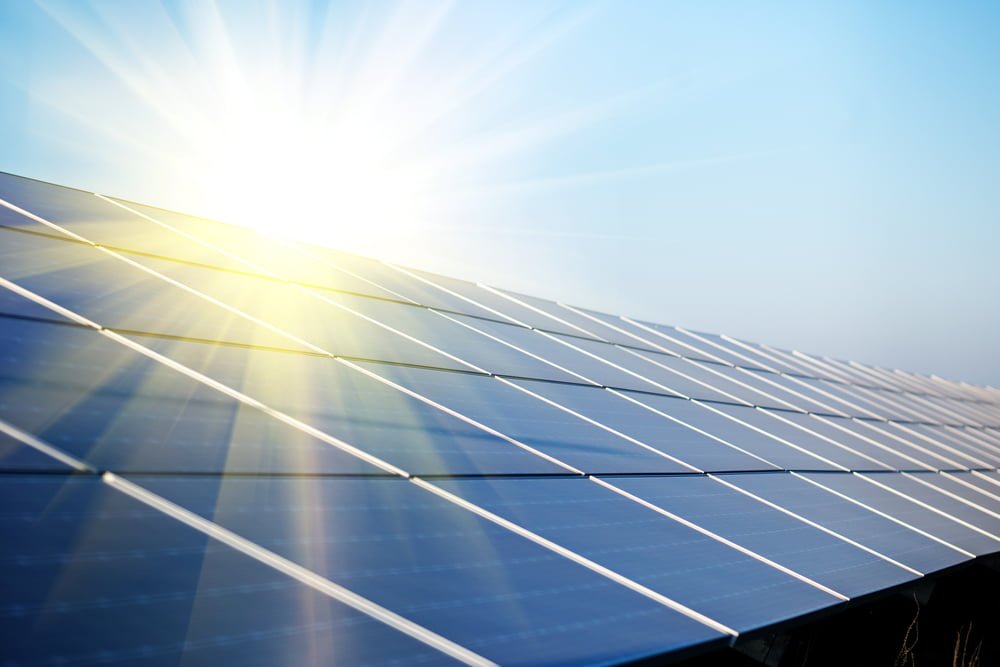
If you've recently installed solar panels and are just learning how your system works, you may have a somewhat simple question: How can I tell if my panels are actually working? Because panels don't make noise, flash lights or otherwise signal that they're in the process of carrying out their role, some wonder how they can know for sure that their system is operational.
At Intermountain Wind & Solar, not only do we provide a wide range of quality residential and commercial solar panel systems in Boise and other parts of Idaho, but we also offer basic expertise and tips on any part of your system's operations or upkeep you might be wondering about. If you're just looking to confirm that your panels are working and generating the right amounts of power for your home or building, how can you do this? Here's a basic primer on a few methods, plus what to do if something happens to be wrong when you're performing them.
The inverter of a solar panel system is what converts direct current (DC) into alternating current (AC). There are two types of inverters: String inverters and micro-inverters. Checking them is pretty similar, though.
You can usually tell that inverter is working by visually checking the inverter's power output, which should also be displayed on a flip-up screen or digital readout. Inverters generally have a three-prong outlet where you can plug in a small appliance to check performance, with an LED light showing its strength. An orange or red light might signal an issue with the inverter, wiring or the grid. A green light would indicate everything is fine, and you'd be able to see at least some power being generated.
Again if your system is plugged into the main power panel via an outlet or breaker box, you can plug in a small appliance to check whether it's drawing power properly. An LED light or digital readout on the meter itself will show whether it's working and how much power it's drawing.
In addition, most solar panel setups today will come with a complimentary meter, or a connection to a smartphone app that will offer an up-to-the minute readout of the power your system is generating. The metric to track here is known as kilowatt-hours -- that is, the total number of kilowatts your system has generated over a given period of time. If you're unsure what a normal range of kilowatt-hours is for your system, check with your installer or local power company.
Another simple way of tracking solar production, though it's not as immediate as some of the others we've gone over to this point, is to simply track your monthly electric bill. The more solar panels you have, the higher the chances are that they're generating enough electricity to offset your use and actually cut down on how much you pay each month. If this is consistently the case, then it's probably a good indication that things are going well with how your system is operating.
If, however, you find that your power use increases for a given month rather than decreases, you may want to check back on some of these factors. You'll likely need to get in touch with the installer of your system and pursue troubleshooting options from there.
Finally, if you're having trouble finding accurate power production levels in other ways, you can always simply give us a call. We'll be happy to take a look at your production levels and let you know if anything seems off.
If you're performing any of the above checks and notice lower levels of power production from your panels than you had been expecting, it's important to check on the recent weather before you assume further issues. It's possible that, if your area has experienced a recent bout of overcast weather, your panels may not be generating electricity as quickly or at all. As a result, you'll want to give things time to get back up and running if that's the case before calling your installer for help.
You can also check out historical solar weather data from NASA for more information about what effects the sun has had on your location and how that may or may not impact how well your panels are performing under cloudy conditions.
What if you have found low levels of solar production from your system, but recent cloudy weather doesn't explain it? Here are some of the fixes you might be able to perform:
For more on how to check to confirm your solar panels are working properly and creating the right level of power output, or to learn about any of our solar panel systems in Boise, speak to the staff at Intermountain Wind & Solar today.





"All of the photos on this website are of real projects that Intermountain Wind & Solar has designed and installed.
We are proud to show off and stand behind our work."